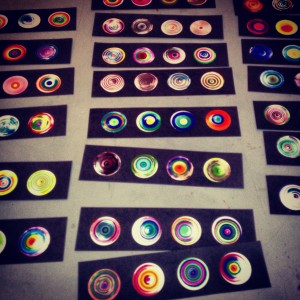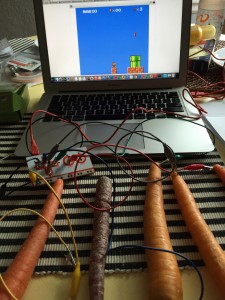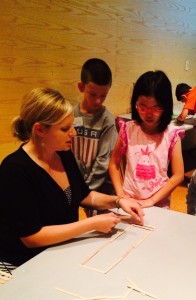<-Return to ISTE 2 Teaching, Learning and Assessments
Coach teachers in and model design and implementation of technology-enhanced learning experiences emphasizing creativity, higher-order thinking skills and processes, and mental habits of mind (e.g., critical thinking, metacognition, and self-regulation)
Digital Storytelling with Book Trailers
I first explored this performance indicator in my post, ISTE 1: Digital Storytelling with Book Trailers in which I explored how student created book trailers not only foster creativity, but establish a learning environment for problem solving to tell a story and work with a variety of digital tools. This peaked my interest as an educator, so I sought to develop my own full unit for student created book trailers and I have included my “Creating Book Trailers” lesson below.
CreatingBookTrailersLesson
Student Blogging
One area I have developed extensive experience in is student blogging. I have utilized this alongside my classroom implementation of genius hour, as well as elective classes such as film and creative writing. Experimenting with two different blogging platforms, Weebly and Edublogs, I have regularly considered how to utilize blogging as a means of metacognition and self-regulation, creativity, and self-assessment with students.
STEAM Summer Enrichment Camps
Finally, I have worked to explore elements of STEM (science, technology, engineering and math) curriculum via my design and facilitation of summer camps at the Bellevue Arts Museum in 2014 with Full STEAM Ahead! and in 2015 with STEAM: Imaginarium. I collaborated with Get Caught Engineering, a company devoted to exploring STEM with children, for 2014’s Full STEAM Ahead camp. These camps allowed me to integrate STEM principles into art lessons, including principles of electrical engineering with squishy circuits, drawing robots, toothbrush robots, circuit board spin art, paper circuits, and Makey Makey. We also explored principles of structural engineering with bridges, roller coasters and mobiles.






Gaming
I also explored the nature of ISTE 4: Gaming to Teach Problem Solving to more fully understand the implementation of critical thinking and problem solving processes for student learning.
<-Return to ISTE 2 Teaching, Learning and Assessments


